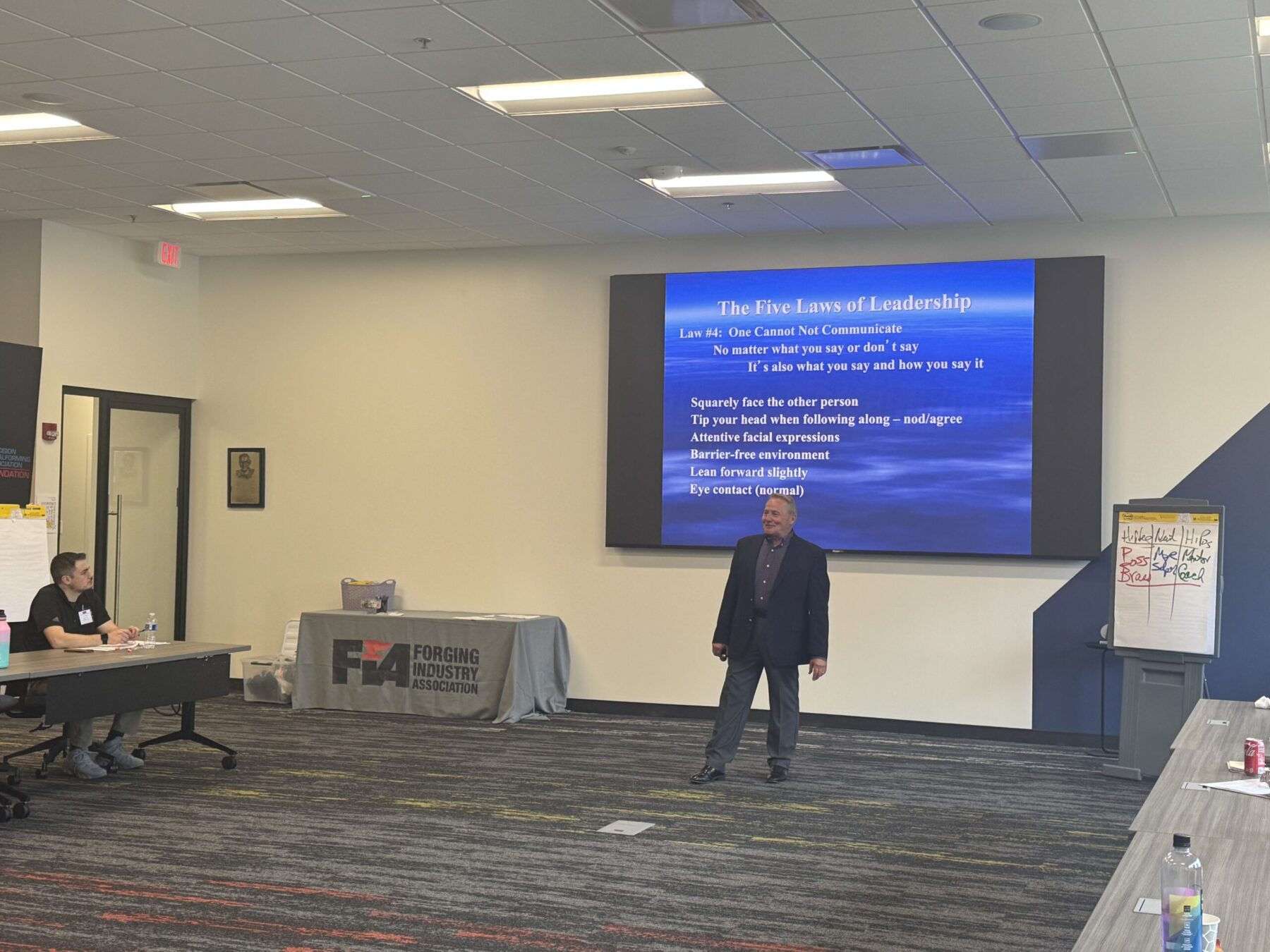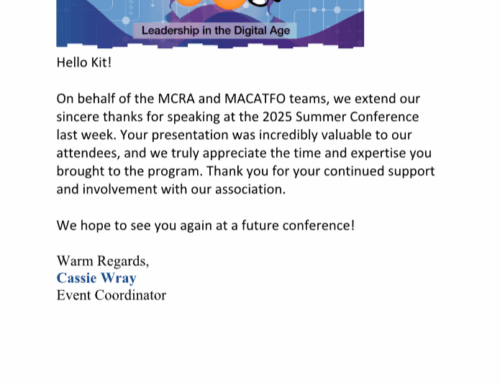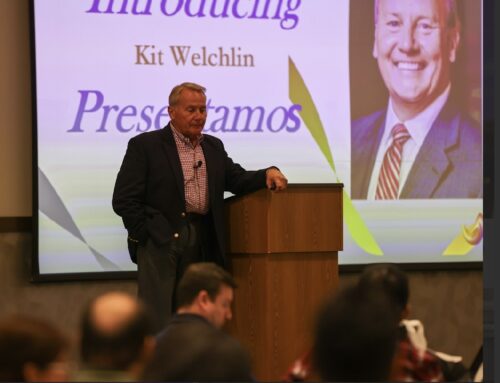For several years in a row I have presented a morning seminar on Effective Business Communications at the Forging Industry Association Management Development Institute.
One of the key concepts is to be an effective listener. When you don’t show others that you’re listening to them, they may feel that they’re not important. As a keynote speaker on leadership, I ask my audiences, “When was the last time you were complimented on your listening skills?
Many researchers claim that listening is the number one most admired quality of a coworker. But you’ve got to look like your listening.
I learned from Dr. Alan Zimmerman in a seminar entitled, “Gaining Cooperation” that there are six main nonverbal cues that signal coworkers that you are, in fact, listening intently.
Here is a great acrostic that helps you be an active listener: STABLE
Squarely face the other person.
Tip your head occasionally when following along.
Attentive facial expressions.
Barrier-free environment that creates comfort.
Lean forward slightly to show your enthusiasm.
Eye contact that demonstrates interest.
Make sure that the duration of eye contact is normal, two to three seconds, then somebody needs to blink. It’s not a staring contest. You can blink, but only extraterrestrials don’t blink.
Listening is free. Not listening can be expensive. As a corporate keynote speaker, I suggest that a minor adjustment in your listening behavior can have a major impact on your relationships. If you get into this effective listening posture, not only will people believe you’re listening, but you will actually improve your listening comprehension.
Being an active listener demonstrate interest and politeness. Politeness reflects the behaviors that are respectful and considerate of other people. Being polite doesn’t cost us any money, it’s free, but the rewards are many.






